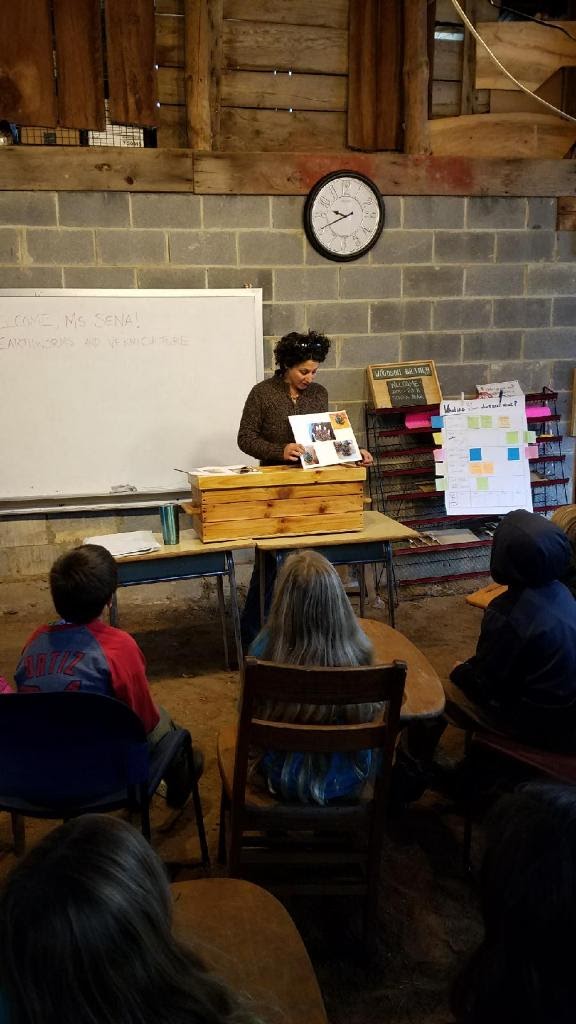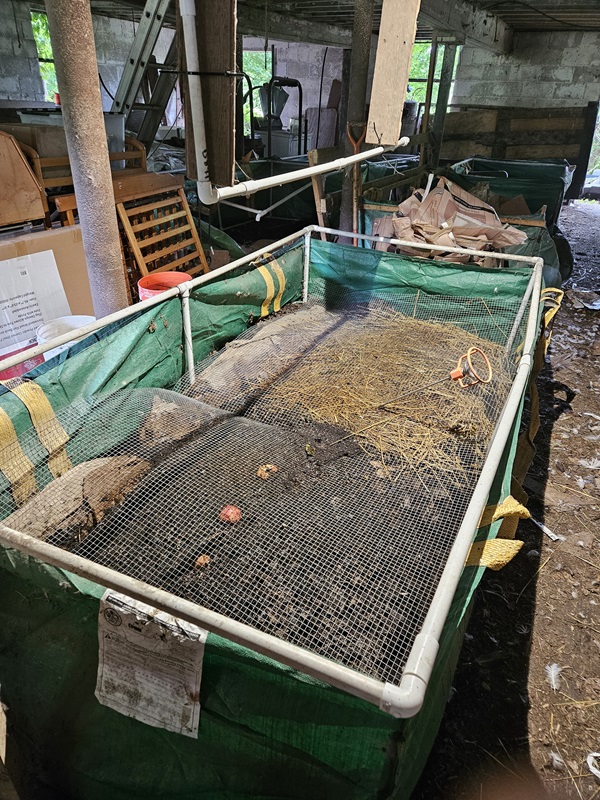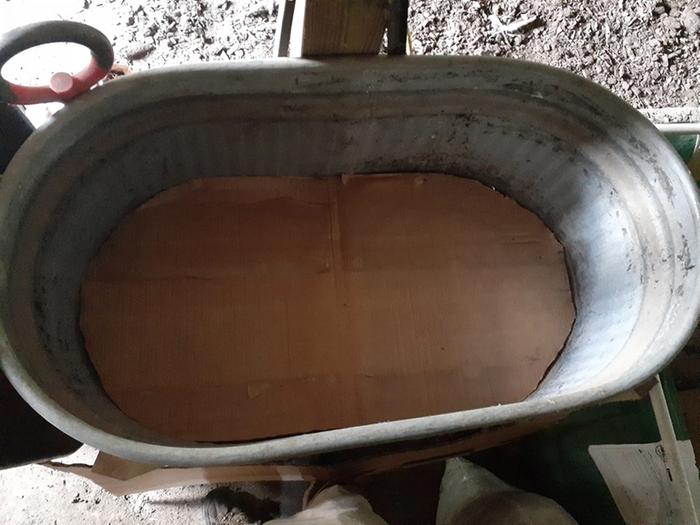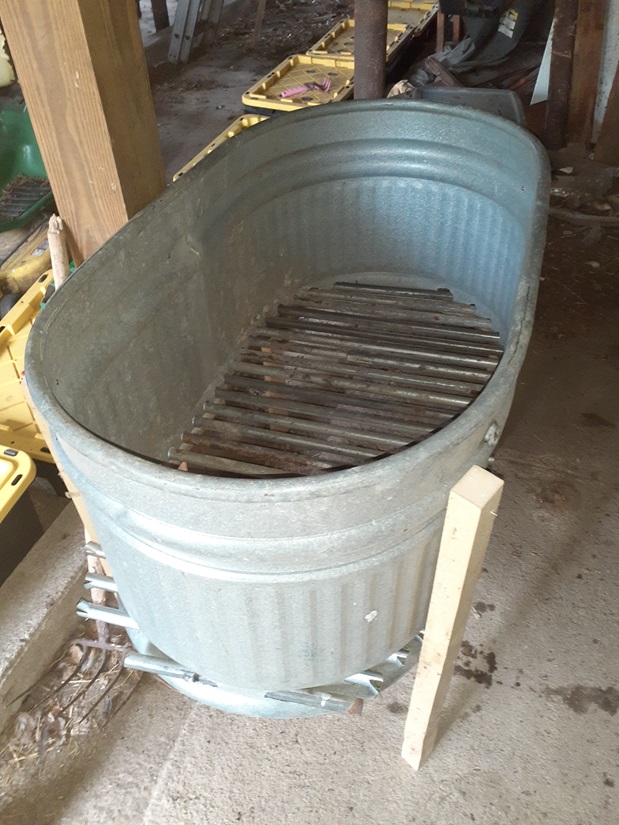
 9
9




 9
9





 3
3




 8
8




 4
4




Fish heads fish heads roly poly fish heads
 2
2




This is all just my opinion based on a flawed memory

 6
6




 3
3




 4
4




 4
4




 2
2




Visit Redhawk's soil series: https://permies.com/wiki/redhawk-soil
How permies.com works: https://permies.com/wiki/34193/permies-works-links-threads
 5
5




 1
1




This one? https://shop.urbanwormcompany.com/products/urban-worm-bag-version-2 It looks really easy to use, particularly for people in cities, where space is limited. What are you using as "dry bedding"?Lexie Smith wrote:I purchased an Urban Worm Bag and love it. I keep it in the basement and, when it’s perfectly balanced with dry bedding and wet food it doesn’t drain at all. The worms are thriving and reproducing well. I like the fact that I can harvest castings from the bottom without disturbing the busy little workers on top. Harvesting takes 10 minutes, max. I’ve had it for 3 years now and that’s a minor miracle since I was totally new to worm farming.
Visit Redhawk's soil series: https://permies.com/wiki/redhawk-soil
How permies.com works: https://permies.com/wiki/34193/permies-works-links-threads
 4
4




Our inability to change everything should not stop us from changing what we can.
 3
3




 2
2




 6
6




Cara Campbell wrote:Hello,
has anyone used wooden wine boxes for a worm bin?
Thanks!
 3
3




 3
3








Jay Angler wrote:
This one? https://shop.urbanwormcompany.com/products/urban-worm-bag-version-2 It looks really easy to use, particularly for people in cities, where space is limited. What are you using as "dry bedding"?Lexie Smith wrote:I purchased an Urban Worm Bag and love it. I keep it in the basement and, when it’s perfectly balanced with dry bedding and wet food it doesn’t drain at all. The worms are thriving and reproducing well. I like the fact that I can harvest castings from the bottom without disturbing the busy little workers on top. Harvesting takes 10 minutes, max. I’ve had it for 3 years now and that’s a minor miracle since I was totally new to worm farming.
Peasants slept on beds of straw, while Emperors slept on beds of hulls.
www.OpenYourEyesBedding.com
 1
1




 1
1




 2
2




 4
4




 1
1





CP Knerr, Chief Stick Farmer, Worm Wrangler, and Soil Builder
First Fruit Farm and Nursery - https://firstfruitfarmny.com
 1
1






CP Knerr, Chief Stick Farmer, Worm Wrangler, and Soil Builder
First Fruit Farm and Nursery - https://firstfruitfarmny.com

 1
1




Our inability to change everything should not stop us from changing what we can.

|
If you are going to the sun, make sure to go at night. Use this tiny ad's space ship:
Back the BEL - Invest in the Permaculture Bootcamp
https://permies.com/w/bel-fundraiser
|